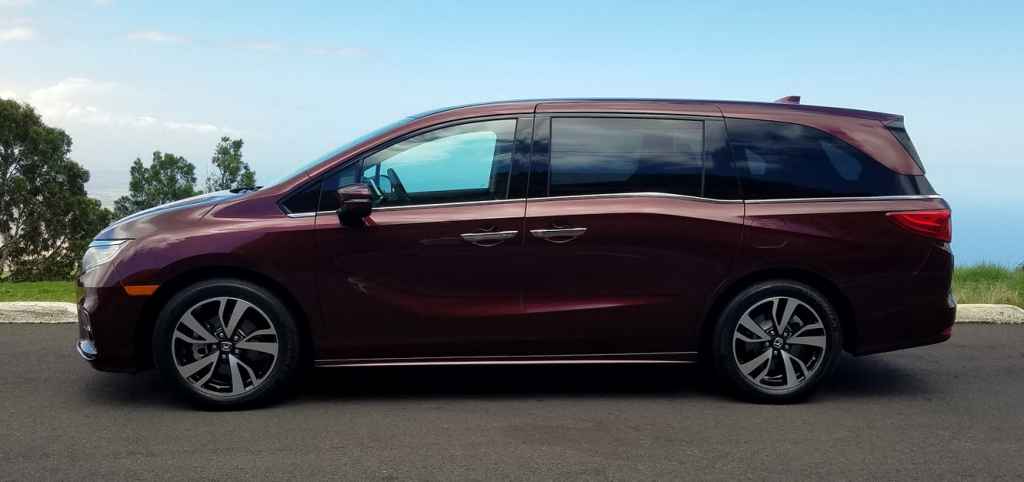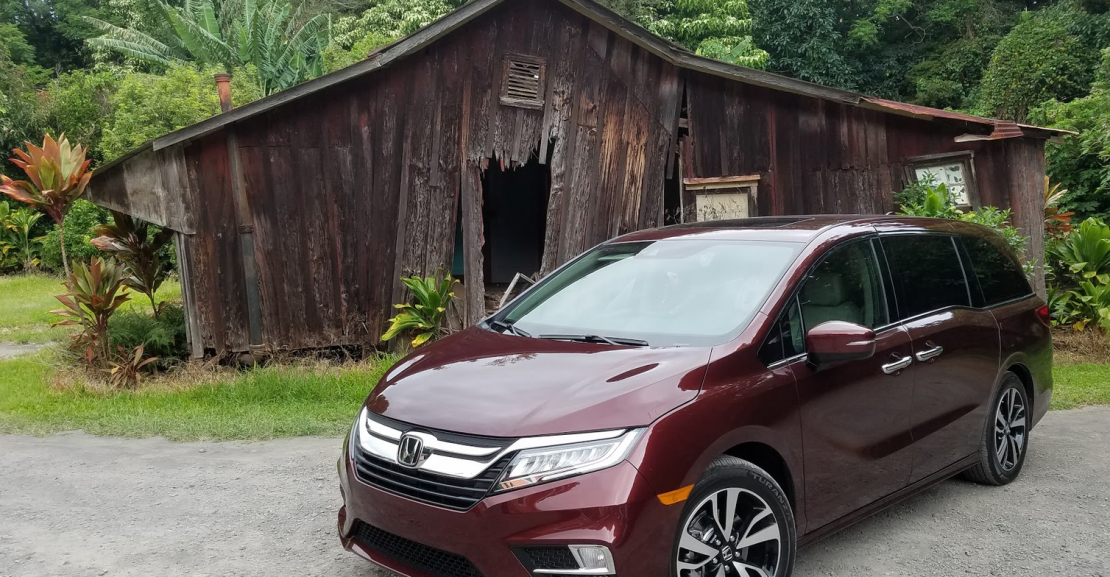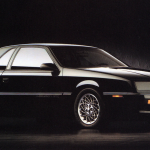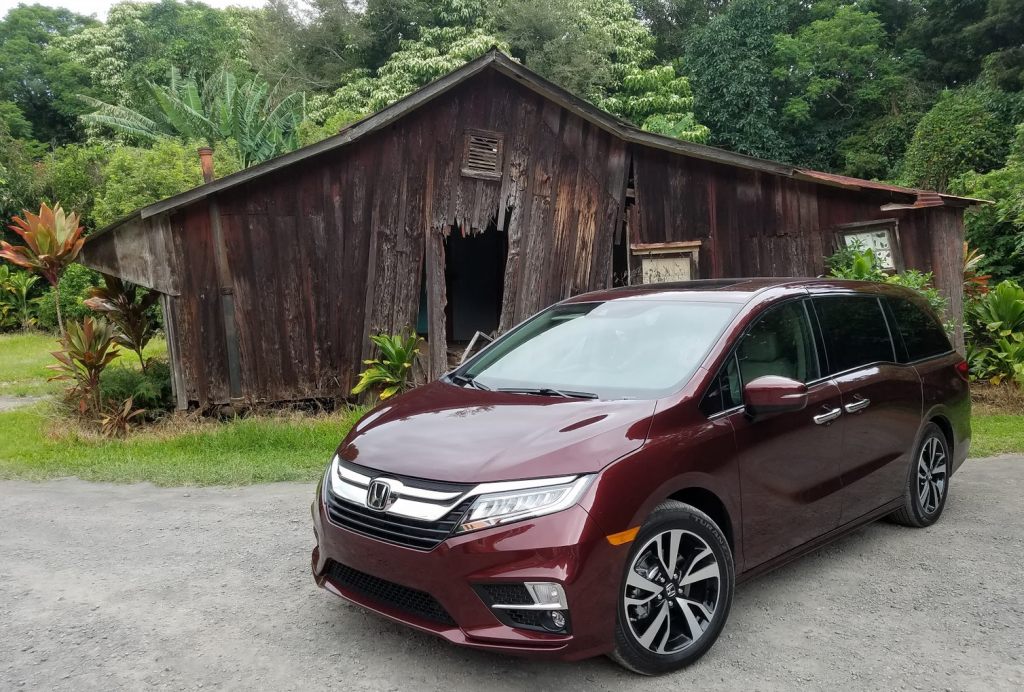
 When the all-new 2017 Chrysler Pacifica debuted last spring, it brought a new level of family-friendly features and all-around refinement to the minivan category. Now, the 2018 Honda Odyssey is set to arrive in dealerships as the first redesigned minivan to hit the market in the Pacifica’s wake… and based on our preview test drive of a top-line Odyssey Elite model, it’s clear that Honda has done a little bar-raising of its own.
When the all-new 2017 Chrysler Pacifica debuted last spring, it brought a new level of family-friendly features and all-around refinement to the minivan category. Now, the 2018 Honda Odyssey is set to arrive in dealerships as the first redesigned minivan to hit the market in the Pacifica’s wake… and based on our preview test drive of a top-line Odyssey Elite model, it’s clear that Honda has done a little bar-raising of its own.
The key battlegrounds in the minivan category are passenger/cargo-hauling versatility, passenger comfort and convenience, and those all-important entertainment devices for the little tykes. The new Odyssey brings a lot to the table in all of these categories.
The new Magic Slide second-row seats might top the list of the 2018 Odyssey’s innovative new features. In addition to the expected fore-and-aft sliding functionality, both of the outboard second-row seats slide laterally through five selectable positions, enabling several useful seating configurations in addition to greatly easing access to the third-row seat. “Wide mode” places the seats far apart, which creates a large center passage to the third row and can keep squabbling kids out of arm’s reach of each other. For when the kids are getting along, “Buddy mode” puts the outboard seats together in the center of the vehicle—and also within easier reach of the front-seat passengers. And sliding an outboard seat far inward and forward with the seatback tilted forward creates maximum access to the third row (Honda calls this “Super mode”). The fore and aft adjustment tracks are contained within the seat itself, so there is full adjustment regardless of which lateral position the seats are in.
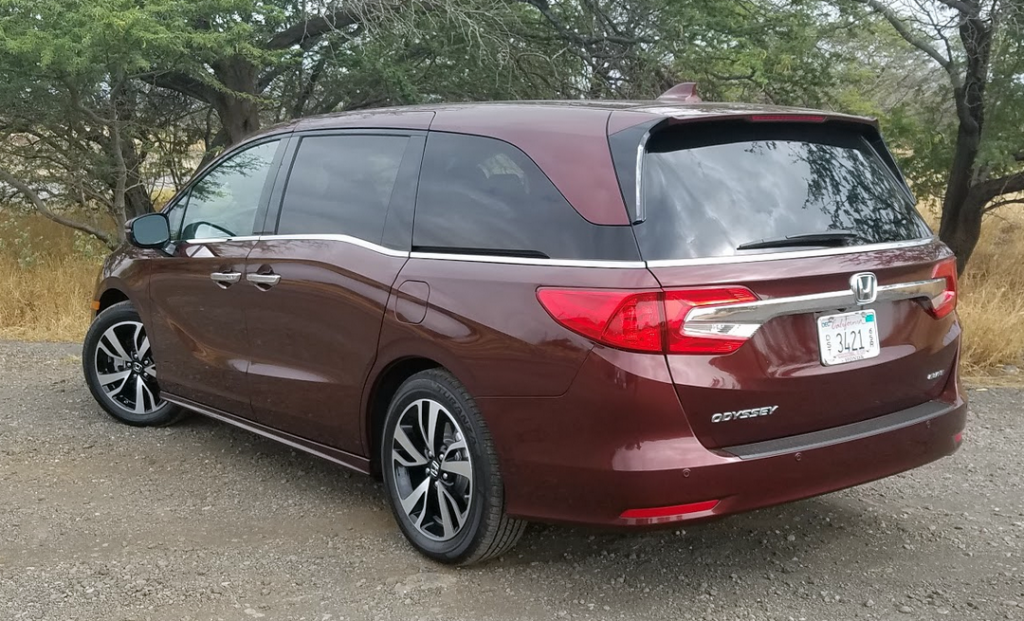
Though our test Odyssey didn’t have it installed, the Magic Slide seats also include a removable second-row middle seat for traditional three-abreast seating. We didn’t get the chance to try out how easy the middle seat is to install or remove (or how comfortable it is to sit in), but we were impressed with how easy the Magic Slide seats are to operate overall. Their operation is all manual, but the handles are easy to grab and the seats slide easily.
Likewise, note that a power-folding third-row seat is not available, even on the top-line Elite model. Honda’s engineers consider it an unnecessary feature that doesn’t really add value for the customer, and after testing the new Odyssey’s manual-folding third-row seats, we agree. The one-step third-row folding process is notably quicker than a power third row, even if it takes a little bit more effort than pressing and holding (and holding… and holding) a button.
American Travelogue: An Old-School Family Road Trip in a 21st-Century Minivan
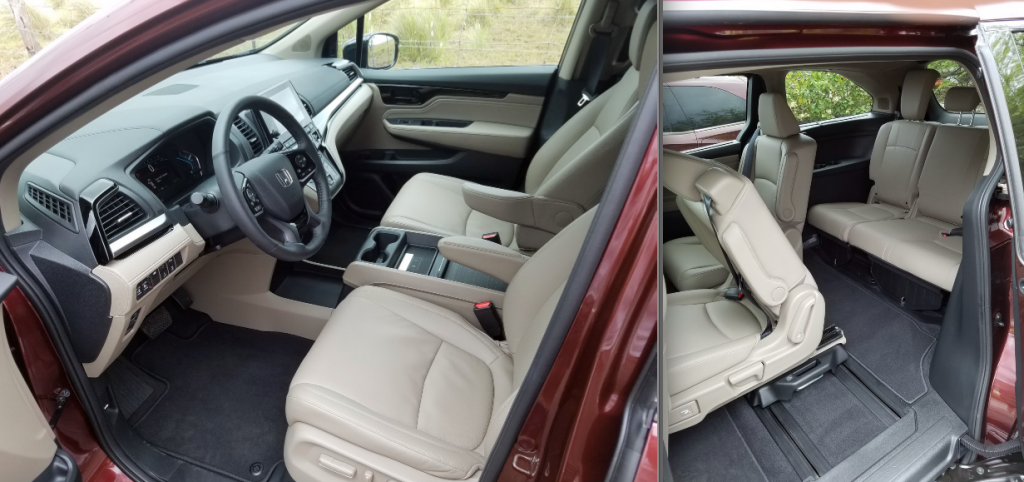
Another important upgrade is the new Display Audio touchscreen infotainment system, which is standard on all but the base model. It represents a big step forward for Honda, whose infotainment systems have lagged a bit behind the competition in recent years. The Display Audio interface boasts an 8-inch high-resolution screen with large, clear graphics, smartphone-like pinch-and-swipe capability, Apple CarPlay/Android Auto functionality, and noticeably quicker response times than previous Honda systems we’ve tested. The system has been designed so that most functions are close to the “surface”—i.e., no drilling down into multiple levels to get to the function you want. The layout of the app “tiles” is also customizable, so frequently used functions can be placed closest to the driver. The Display Audio system software can be updated at a Honda dealer, or by the owners themselves using Wi-Fi connectivity or USB.
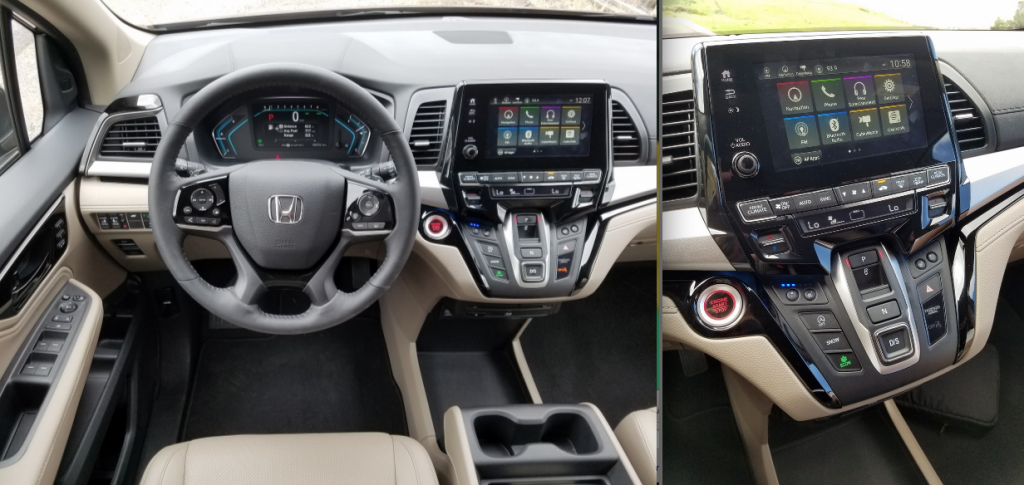
In the top three Odyssey trim levels, the new infotainment system comes with CabinTalk, an in-vehicle P.A. system that enables the driver to talk to rear-seat passengers via the entertainment system’s headphones, or, in the top-line Elite model, through the second- and third-row speakers. This is similar to the Driver Easy Speak feature on the Toyota Sienna.
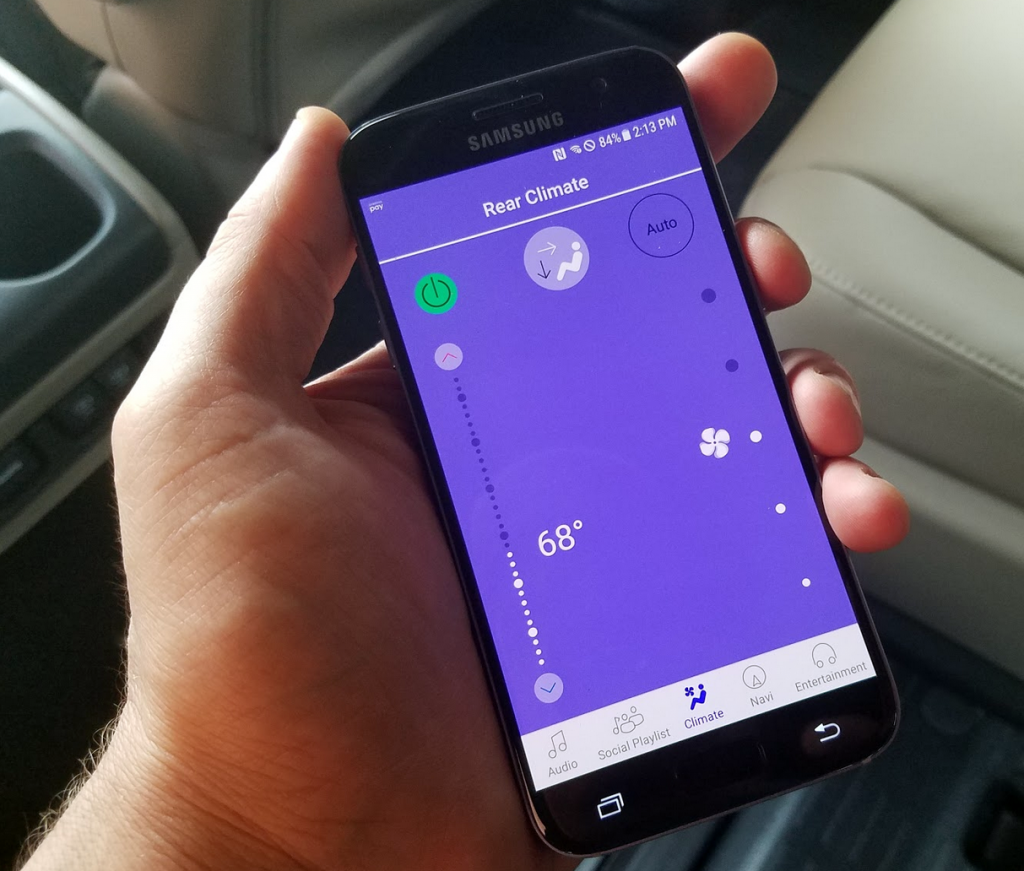
The Touring and Elite trim levels offer the excellent CabinWatch feature, a ceiling-mounted wide-angle camera that can help keep tabs on the kiddos—even in the dark, thanks to its infrared capability. With a quick swipe on the infotainment screen, you can even zoom in to get a closer look at an individual seat. And, the wide angle of the camera enables the system to see a child in a rearward-facing car seat in the second row. CabinWatch gives a much better view than the traditional conversation mirror, but the Odyssey includes one of those too.
All but the base model offer the CabinControl smartphone app, which enables back-seat passengers to control rear climate functions and the rear entertainment system, as well as upload destinations to the vehicle’s navigation system. Through CabinControl’s Social Playlist feature, up to seven passengers can upload music choices to the audio system. This makes it easier for little ones to control certain functions without having to ask mom or dad to do it for them. And in the case of obnoxious kids, the CabinControl functions can be limited and/or overridden by the main controls.
The available rear entertainment system uses a 10.2-inch screen that flips down from the ceiling. It can play Blu-ray discs and stream content using the new in-vehicle 4G LTE Wi-Fi system or the user’s smartphone and data plan operating as a hotspot. A new “How Much Farther” app with cutesy graphics lets kids track the vehicle’s road-trip progress, similar to the “Are We There Yet?” feature on the Chrysler Pacifica.
In addition to the tech toys and configurable seats, there’s lots else that’s new. The Odyssey’s new architecture shares some of its components with the latest Honda Pilot—one of our favorite midsize SUVs. Despite exterior dimensions that are mostly unchanged from the outgoing model, Honda managed to squeeze in a bit more cargo room inside—the rear cargo area is two inches longer than before.
The exterior retains the lightning-bolt beltline design from the previous-generation Odyssey, but hides the sliding door tracks in the window line for a cleaner look. A new Active Shutter Grille system uses sensors and an electric actuator to close four air-intake shutters when driving conditions permit, thus optimizing aerodynamics for improved efficiency.
Delightfully Sick and Wrong: Toyota Competes in One Lap of America Event With Sienna Minivans
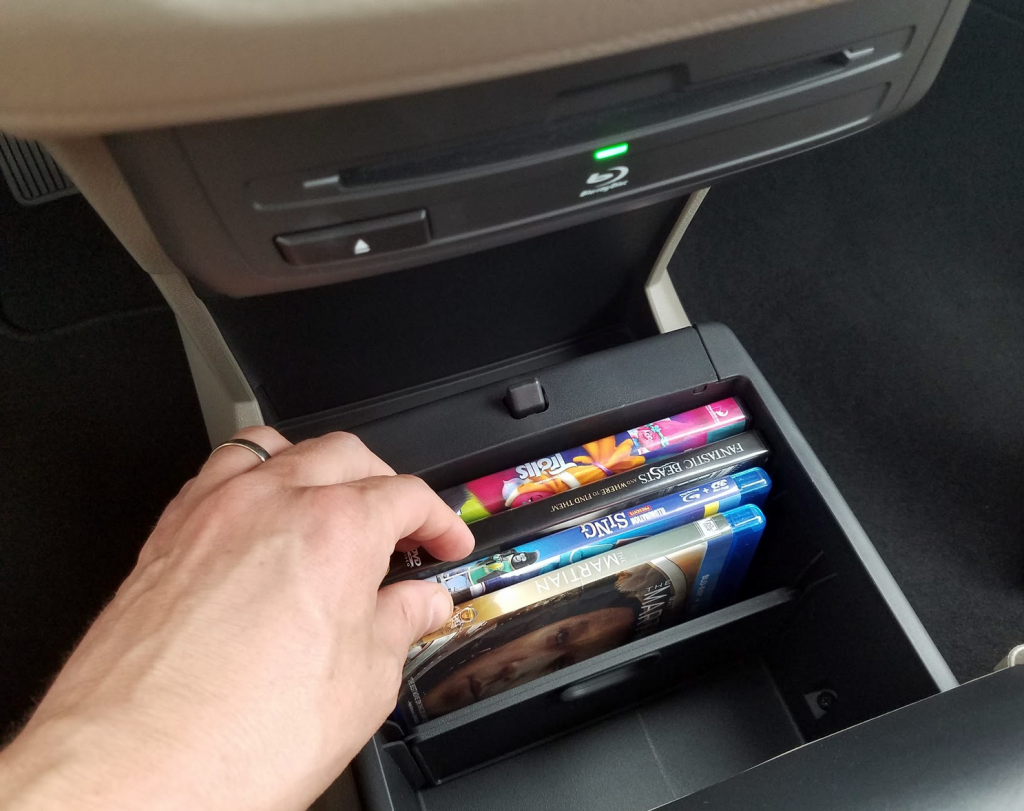
The Odyssey model lineup starts with the base LX model at $29,990, and ascends through EX ($33,860), EX-L ($37,360), EX-L with Navigation and Rear Entertainment System ($39,360) Touring ($44,510), and top-line Elite ($46,670).
All Odysseys are powered by a 3.5-liter V6 that’s shared with the latest Pilot. It puts out 280 horsepower and 262 lb-ft. of torque, a bump of 32 hp and 12 lb-ft over the previous Odyssey’s engine. A 9-speed automatic transmission is standard on all but the Touring and Elite, which have a 10-speed automatic. All models have steering-wheel paddle shifters for increased driver control of the transmission, an ECON-mode button that alters throttle response and climate-control functions for better efficiency, and a new snow mode for the traction-control system that dials in second-gear starts and less-aggressive throttle response for easier driving in slippery conditions. The 10-speed-transmission models have a fuel-saving auto start/stop capability that can be turned on or off by the driver.
We haven’t yet had the opportunity to measure fuel economy, but the EPA numbers are 19 mpg city/28 highway/22 combined. Save for a bump of 1 mpg in the highway number, these stats are the same as the outgoing Odyssey. They’re also competitive with—but not notably better than—the 287-hp Chrysler Pacifica, which is rated at 18/28/22.
The V6 supplies enough power for confident acceleration, and the 10-speed transmission on the top-line models is responsive and smooth. We’ve noticed that some 9- and 10-speed transmissions sometimes seem to “hunt” for the correct gear in our testing, but that wasn’t the case here. However, the push-button gear selector—a feature lifted from the top-trim Pilot and the latest Acuras—takes a bit of getting used to. Though the push-button selector is helpful in that it doesn’t block access to other controls like a traditional gearshift lever would, we prefer the dial gear selector in the Chrysler Pacifica.
Thanks to the Odyssey’s new structure, vehicle weight is down up to 75 pounds depending on model, yet the body’s torsional rigidity is up 44 percent from the previous model. This makes for a more comfortable, more controlled ride. The Elite model we tested offered laudably crisp handling for a 4600-pound front-wheel-drive vehicle, though the standard 19-inch wheels might make for a slightly stiffer ride than the 18s on all other Odysseys.
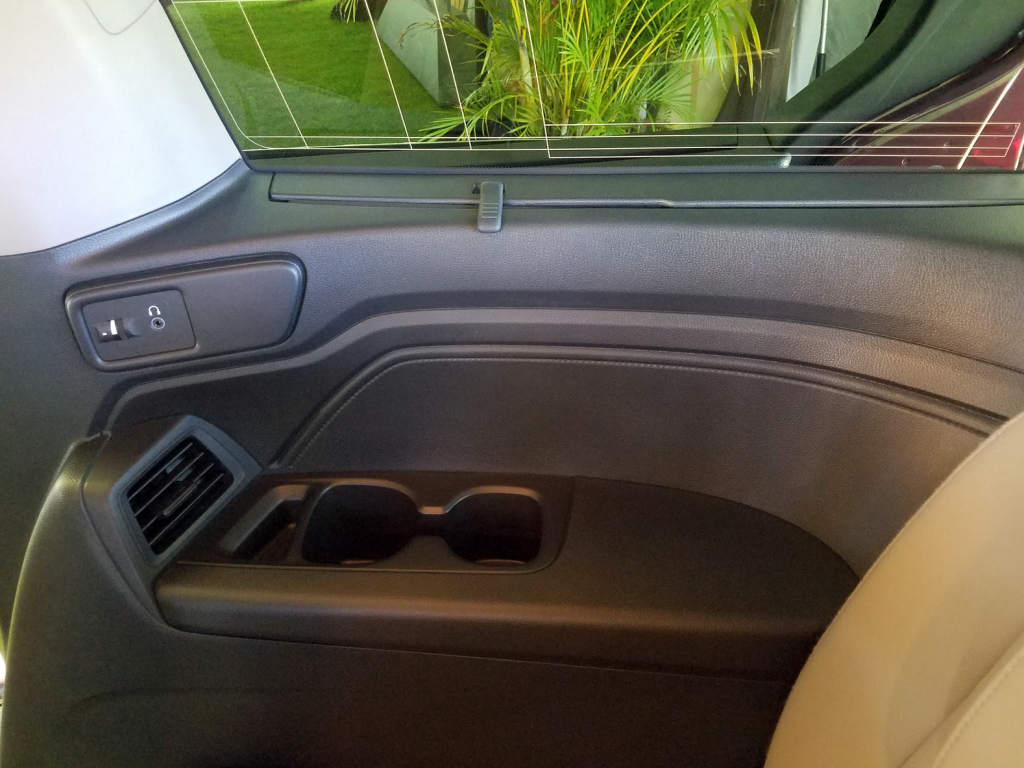
The Odyssey’s engineers made cabin quietness a priority, and it shows. Standard Active Noise Control, acoustic glass on the windshield (EX-L and above), acoustic front and rear door glass (Elite), acoustic spray foam and acoustic tape in the body structure, and other noise-quelling measures were utilized to good effect.
The interior materials are high quality, with good fit and finish and plenty of soft-touch surfaces where it counts. The line-topping Elite model is spiced up with some classy textured satin-metal-look dash trim and great-looking high-gloss piano-black inserts on the dash and door panels. All three interior color choices—Mocha, Beige, or Gray—come with black carpeting and seat belts, which Honda says are designed to conceal stains.
Small-item storage spots abound. There are two tiers of storage trays in the front doors, a large purse shelf at the leading edge of the front console, and a deep—but not particularly long—covered storage bin in the center console. The front console has four cupholders—two at the front and two in the back—but they might not hold super-sized beverages.
The seats are comfortable in all three rows, and even the third row should be spacious enough for most adults—at least if the second-row seats are not all the way back. The third row also has generously sized side windows with a relatively low beltline, which makes the area feel a little less closed-in. There are cushy flip-down armrests on the second-row seats and adjustable inboard armrests on the front seats.
The power-sliding side doors have improved “logic.” If two separate buttons are pressed to open the door within a half second of each other—say mom hits the dashboard button and junior pushes his button at nearly the same time—the two commands won’t cancel each other out, and the door will open as normal. A hands-free power tailgate with foot activation is a new standard feature on Touring and Elite models. EX-Ls get a power tailgate without the hands-free functionality.
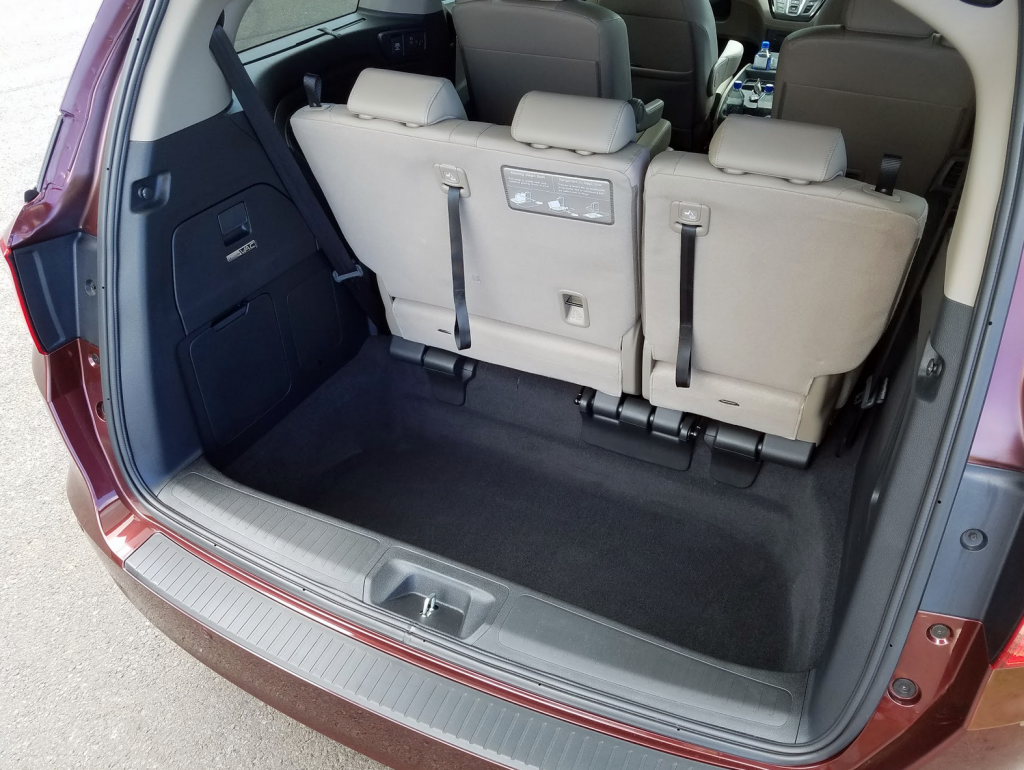
The HondaVac built-in vacuum is carried over from the previous generation Odyssey; it’s standard on Touring and Elite models. The Elite model also comes standard with several new comfort and convenience features, such as rain-sensing wipers, wireless device charging, ventilated front seats (in addition to heated), and a heated steering wheel.
All Odysseys but the base LX model come standard with the Honda Sensing suite of safety equipment, which includes a forward collision mitigation system with automatic braking, lane keep assist, road departure mitigation, and adaptive cruise control. EX and above models add a blind-spot monitor with a rear cross-traffic monitor, and Touring and Elite add front and rear parking sensors.
It all adds up to a remarkably refined minivan that trumps most class competitors and stands toe-to-toe with the excellent Chrysler Pacifica. In terms of acceleration, handling, ride quality, passenger/cargo room, interior materials, and pricing, the Odyssey and Pacifica are incredibly close. To us, the choice boils down to which features you prefer. For some buyers, the cargo-hauling convenience of the Pacifica’s fold-into-the-floor Stow ‘n Go second-row seats tops the Odyssey’s Magic Slide seats, while others might put a premium on the Magic Slide system’s unmatched passenger-carrying versatility.
Either way, the new Odyssey is at the head of the minivan class. Considering the escalating “features race” that all of these family haulers seem to be engaged in, we’re wondering if the next big minivan innovation will be literally throwing in the kitchen sink.
